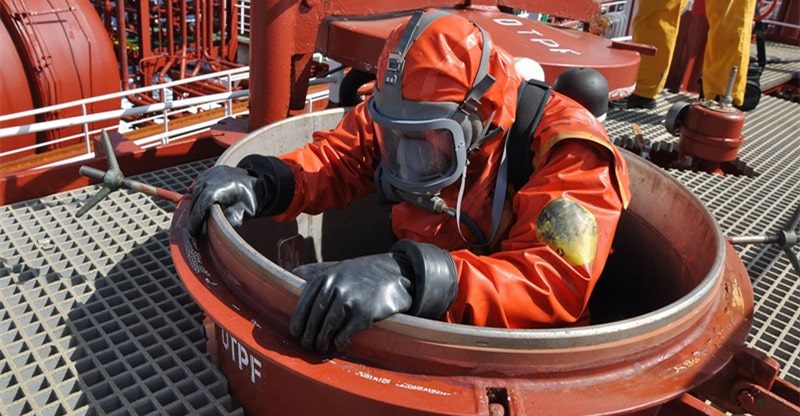Confined Space Risk Assessment: What You Need to Know?
Before we can discuss the risk assessments related to confined spaces, it is good that we are aware of what such a space is. So, what is a confined space? Why should one assess the risks abound in such spaces before they can enter and work in such spaces?
Well, a confined space refers to a place that is enclosed and by its nature of enclosure, poses potential risks of injury, accidents, or harm to people who work therein. Confined spaces can refer to places such as vessels, pits, containers, chambers, tanks, cellars, or any other similar spaces that are enclosed in nature.
One of the best ways to learn about such spaces and their risks is by enrolling in a confined space training online course.
What is confined space risk assessment?
A risk assessment entails the identification of risks and hazards that should be addressed to ensure employees are safe as they work in certain areas.
When it comes to confined space risk assessment, it means that one has appointed a qualified or competent person to assess any risks that could prevail in a confined space. This entails the assessment of all the normal risks as well as others such as an explosive atmosphere or even a lack of oxygen as workers undertake a job in such spaces.
What you need to know about confined risk assessment.
1. Identify the hazards in confined spaces
The person who conducts a risk assessment of confined spaces must walk around the workplace so they can record any potential risks to employees. They can look at the chemicals involved in the work, the equipment to be used and any instructions to be followed during the work. Are there any past risks involved? Those who carry out the works in such confined spaces should be involved or participate in the risk assessment.
2. Identify who might be harmed
Once you identify the potential hazards, list the groups of people who could be harmed by each of these hazards. Groups and not individuals should be identified in this regard. An assessor could include the fact that people with disabilities could be at a higher risk. They will also consider the working environment such as risks posed to adjacent buildings, visitors to the workspace, and so on. This is the best way to control the risks.
3. Evaluation of the risks
The assessor will determine the likelihood of harm occurring due to the risks. What is the level of the identified risks and what can be done about it? This is the best way to know how to avoid the risks identified above. With risk evaluation, the assessment will include what could be expected from the risks. Risk prevention measures will then be undertaken.
4. Record the findings and review them with time
The risks identified with the help of risk advisory services should be recorded and hazards can then be managed. The focus should be on the control of the risks. An industry-standard tool can be used for this purpose. Companies may also develop their templates for this purpose. However, with time and as events change, the assessments should be reviewed and revised to be in tandem with the changing times.



